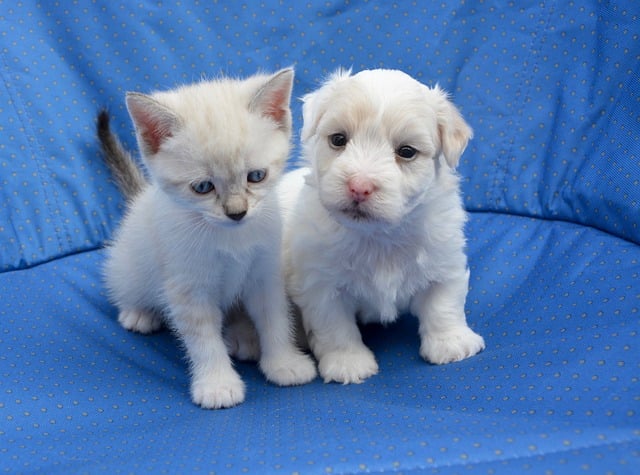Interested contributors have until 30 January 2023 to submit abstracts for the IAEA's International Symposium on Isotope Hydrology: Sustainable Water Resources in a Changing World, to be held from 3 to 7 July at IAEA headquarters in Vienna, Austria.
Isotope hydrology is a sophisticated nuclear technique that reveals the history of water molecules and contributes to a better understanding of the way in which water is cycled through land, the ocean and the atmosphere, known as the water cycle. It has applications in water resources assessment and management, the study of past and future changes in the Earth's climate and the impacts of climate changes on the water cycle, and in forensic areas such as ecological, wildlife and food source traceability.
Held every four years since 1963, this 16th symposium in the series will provide a unique opportunity to review the state-of-the-science, practical applications, research trends and needs in isotope hydrology. Building on the success of the past six decades, the event will bring together water and environment professionals from developed and developing countries to facilitate the exchange of information and knowledge.
"Technical capacity development is central to achieving the United Nations' Sustainable Development Goal - SDG 6 - on 'clean water and sanitation'," said Najat Mokhtar, IAEA Deputy Director General and Head of the Department of Nuclear Sciences and Applications. Highlighting that in the last 10 years the IAEA has carried out over 125 projects in 75 countries specifically in improving the technical capacity to analyse water samples in well-functioning laboratories, she added: "In all these projects, we tailor our services to the local needs, with a significant capacity building component. In island states, we help nations tackle saltwater intrusion. In the Central American Dry Corridor or in Africa's Sahel regions, we help countries address transboundary groundwater management."
Contributors interested in submitting papers for the Symposium should focus on the following topics:
- Revisiting the role of tritium as a tracer in hydrological cycle processes and groundwater systems
- Hydrosphere-atmosphere interactions including isotopic insights on meteorological extremes, convective rains and catchment runoff
- Assessing changes in the cryosphere and their impact on water sustainability and security
- Evaluating water quality, tracking contaminant sources and reaction pathways in different environmental systems including areas affected by mining and agricultural activities
- Application of isotope age tracers to evaluate sub-annual to 1 Ma water residence time
- New analytical developments, approaches, and tools in isotopologue ratio measurement and data quality
- Integrating isotope techniques with other advanced techniques such as big data from remote sensing or high-frequency sensors, advanced data analysis using geographic information systems, machine learning and/or modelling applications
- Isotopic reflections on water resources due to climate change including adaptation and mitigation approaches
- Enabling and strengthening science-based policies for water resource management
- Actions and activities that support capacity building and mainstreaming of gender equality in isotope hydrology projects
The event will take place in between the UN Water Conference in March and the UN Climate Change Conference (COP28) in December. "Technical conclusions and findings of our symposium will help identify high priority activities for the IAEA Water Resources Programme," said Jodie Miller, Scientific Secretary of the Symposium and Head of the IAEA's Isotope Hydrology Section. "Our activities will feed into the 2018 to 2028 UN Water Action Decade and make tangible advances towards achieving SDG 6."






